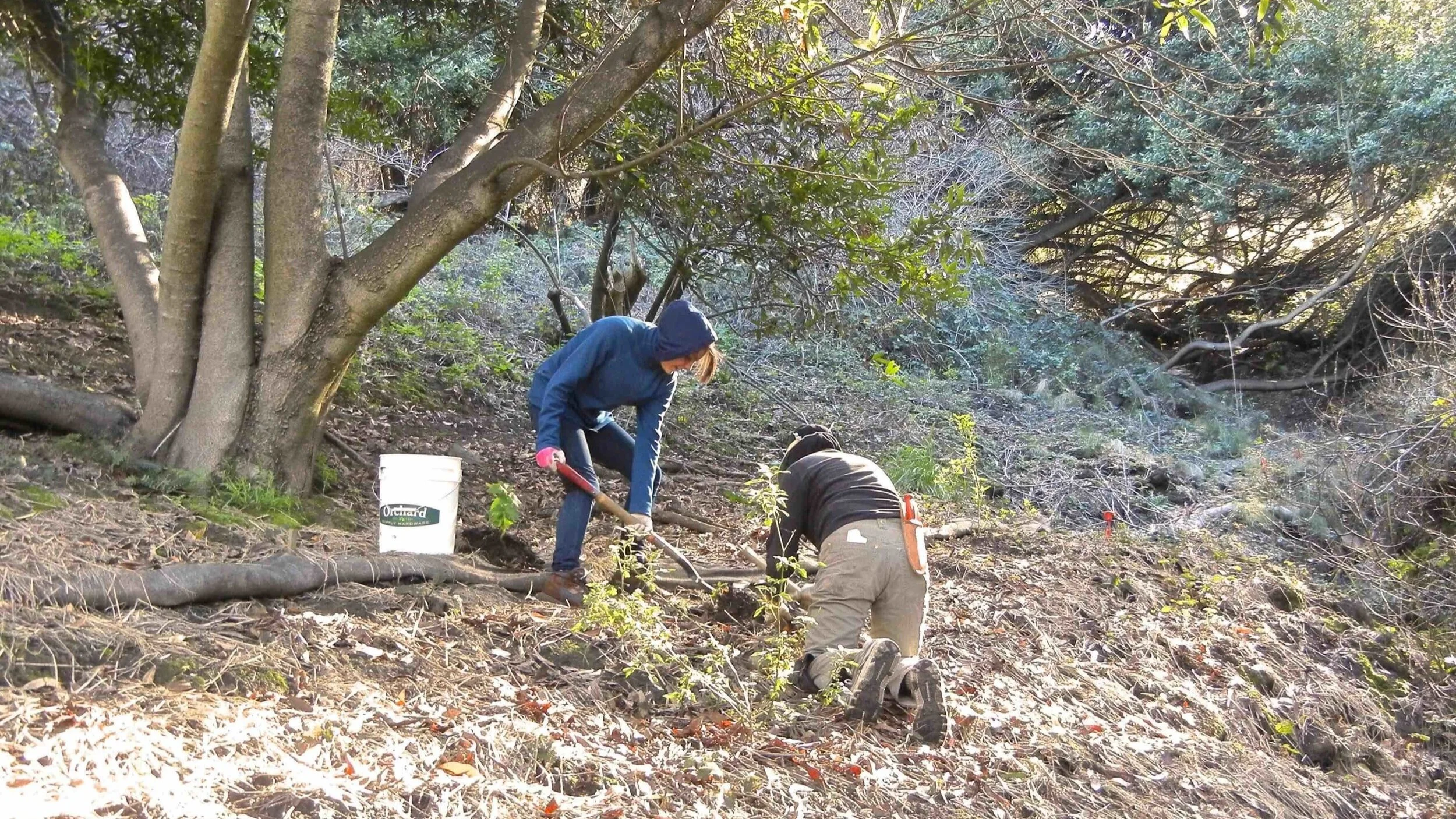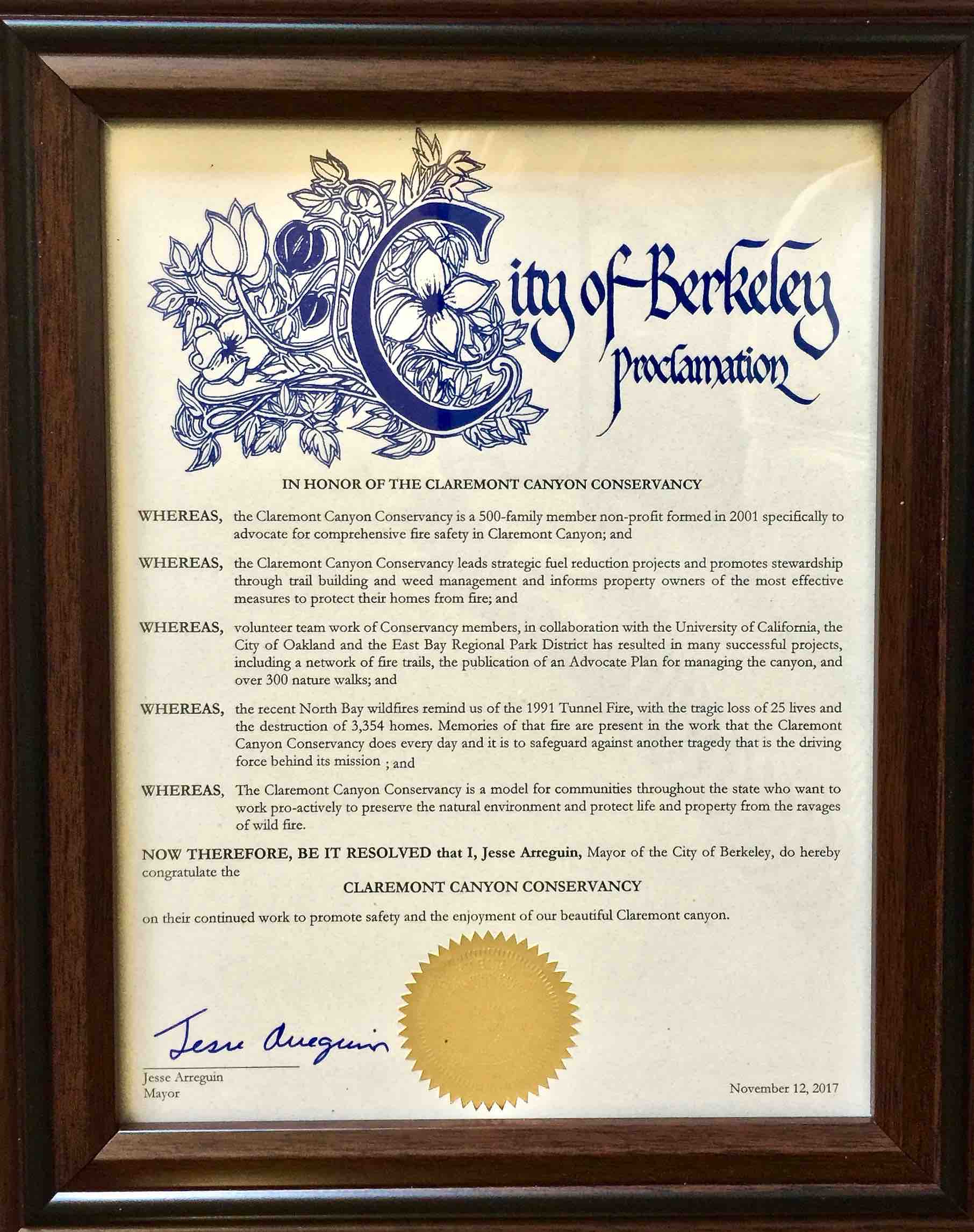(Article originally appeared in the International Journal of Wildland Fire, January 7, 2019. Reprinted here with permission from the authors.)
(Many recommendations) for fuel mitigation and architectural changes have not been addressed. In spite of the recommendations for fuel management put forth in more than 30 plans since 1923, no region-wide action has taken place. Individual agencies and local Fire Safe Councils have, in part, followed up on recommendations for fuel management on land they administer, but often a complete adoption of recommendations has not taken place. The failure to enact all of the recommendations of these is due to various combinations of the following reasons:







